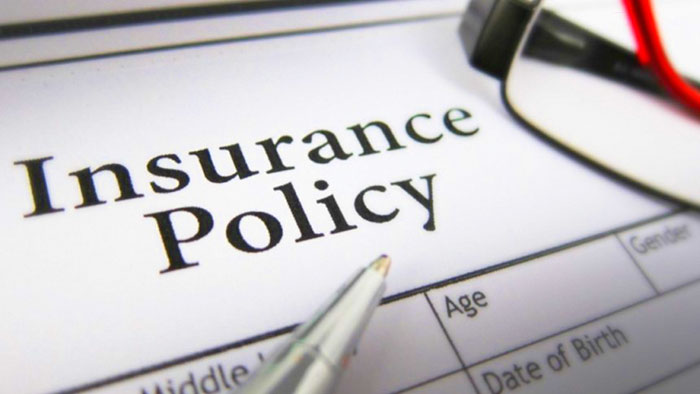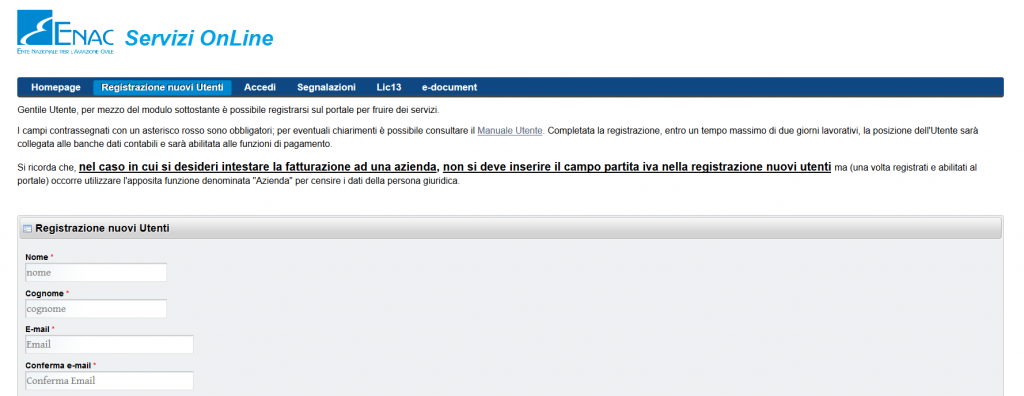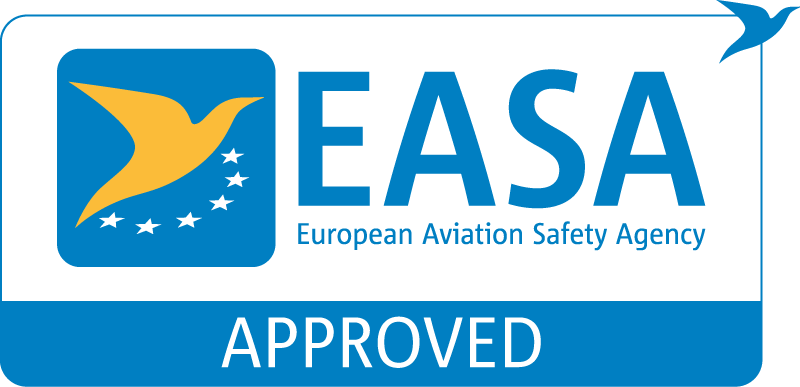Transition phase for the EASA 2019 standards … what to do?
In this article we will deal with the age-old problem of the documentation to be shown during a SAPR operation and of all the necessary bureaucracy, always in a very concise and affordable way.
Unfortunately, the new EASA regulations briefly described in our old articles (which can be found at the following links → http://www.dronesbench.it/aggiprima-easa-24-aprile-2019/ , http://www.dronesbench.it/ update-may-specific-category / ) do not come to our aid because we are in full transitory regime, and will become valid from 2020 onwards, except for sudden schedule changes by the regulatory bodies.
At the moment, the necessary documents for the open category are quite a few, and we will describe them in this article (we have also treated as an argument what to do with regard to the specific and certified categories, always in our articles linked above).
Of fundamental importance is to conduct operations with SAPR with the assurance of third-party liability insurance (model aircraft or other types of insurance are not valid): a copy of the insurance policy must always be on hand during a mission with our drone!

The Experimental Tests Verbal, to be presented on request and not to be sent to ENAC, is another important document, where the performances of the SAPR and the flight envelope must be marked, even in emergency situations by means of failsafe tests with return to home maneuver (must be filled in by the operator, also thanks to the numerous pre-compiled documents that can be found online).
Among the various tests there must be that of autonomy, that of visibility in flight, that of the maximum speed of the drone and of the maximum sustainable wind.
Other important documents are the Configuration Document, with the description of the components and their interaction between drone and radio control, the Flight Manual, with the limitations and procedures defined during the experimental tests, the Logbook, with all the information regarding the operations of flight, the maintenance program, with the revision and control times, and finally the Risk Analysis, with the reliability of the components of the SAPR, the associated mitigation factors and the eventual consequences (impact energy and so on).
Before proceeding with the compilation of the documents, it is necessary to register on the ENAC website as an SAPR operator, making use of their numerous online services.

See you at the next news!





